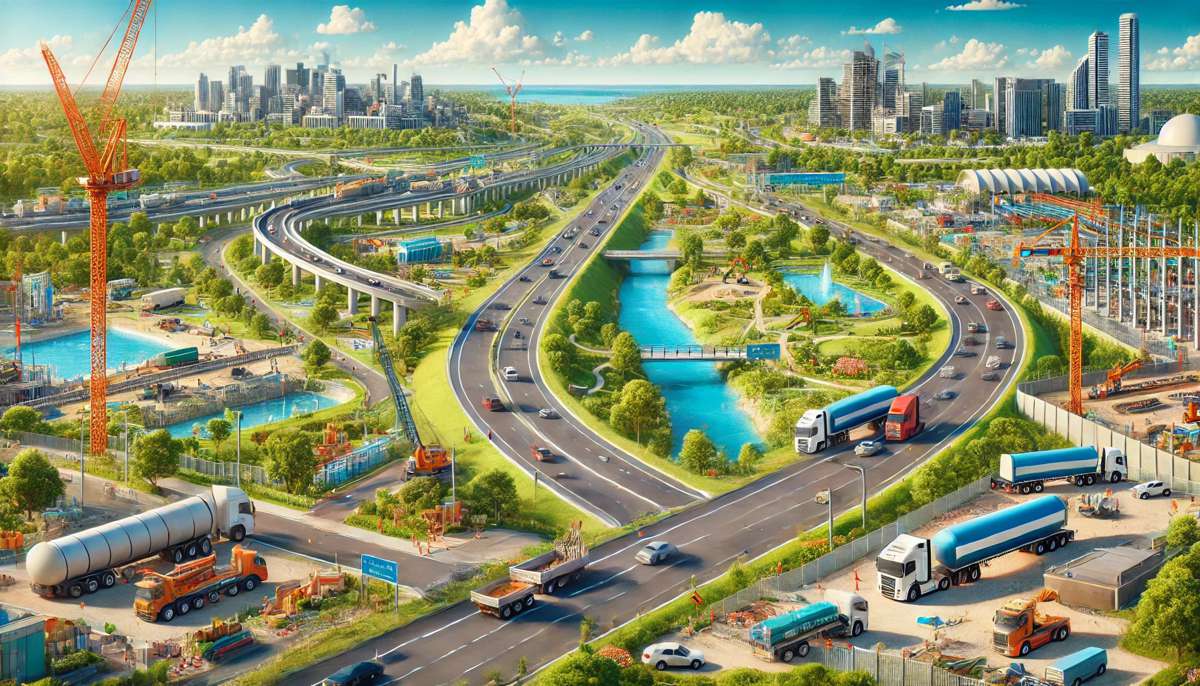The first Solar Road may have failed, but they still have a bright future
Just three years after it was built, Normandy’s 0.6 mile solar-powered road was deemed a total failure. Consisting of 30,000 square feet of solar panels, the solar road was meant to kick off a long-term project in France that would see solar roads occur after every 621 miles.
But the road experienced serious wear and tear and failed to produce anywhere near the expected amount of power it was supposed to. Despite this particular solar road’s failings, countries across the world shouldn’t be put off from installing their own solar roads: when it’s done with careful consideration, there are plenty of advantages to be had.
Renewable energy source
Global energy consumption currently sits at 572.8 quadrillion British thermal units (Btu) per year. As demand for energy continues to grow, solar roads are capable of producing additional energy that caters to the world’s needs. Most importantly, this energy is renewable, which means it’s clean, sustainable and eco-friendly. The amount of energy that solar roads are capable of producing depends on a number of factors, including their location and how well they are maintained.
The French government predicted that Normandy’s stretch of solar road would produce 790 kilowatts of energy every day and would power 5 million homes. These expectations weren’t met, but other countries have proven that solar roads work. For example, a 0.6 mile stretch of highway in Jinan, China produces 1 gigawatt of power every year.
Will reduce PV costs
France’s first solar road cost $5.2 million to build. Solar panels are well known for being expensive, which is why, to date, only short stretches of roads have had them installed. It’s also why sales of solar Photovoltaics (PV) products have been slow for decades. But the more positive results that countries such as China have with solar roads, the more likely it is that other countries will try them out. As more successes are made and more power is generated, demand for solar panels will increase, and this will help to lower the cost of PV products for all. This is particularly advantageous for poorer countries who want to adopt solar roads but don’t have high budgets.
Supports local community initiatives
Many countries, states and cities have their own PV initiatives in place to encourage local individuals to be more green. For example, a new PV scheme in California means solar energy is required on all new build properties under three stories high. The cash generated means property builders can install PV carports for free, which will go on to benefit those that purchase the properties. Meanwhile, residents in the UK with solar PV devices may be eligible for the smart export guarantee, which provides a financial incentive. When local governments install and support solar roads, they support initiatives such as these and show that they are financially committed to supporting the environment and the local community. In turn, this encourages individuals to sign up for these local schemes, which means more renewable energy is produced.
Makes road conditions safer
Approximately 1.25 million people lose their lives on the world’s roads every year, according to the Association for Safe International Road Travel. Millions of others are injured as a result of poor road conditions typically caused by bad weather. But solar roads make roads safer and enhance road conditions as they contain heating elements designed to melt snow and ice. As more cities adopt longer stretches of solar roads, global road accident statistics could soon tumble.
Despite France’s first solar road failing to produce promising results, there is plenty of evidence that shows solar roads work. When done right, they have the potential to produce multiple benefits for countries right across the world, including being a much-needed renewable energy source.















